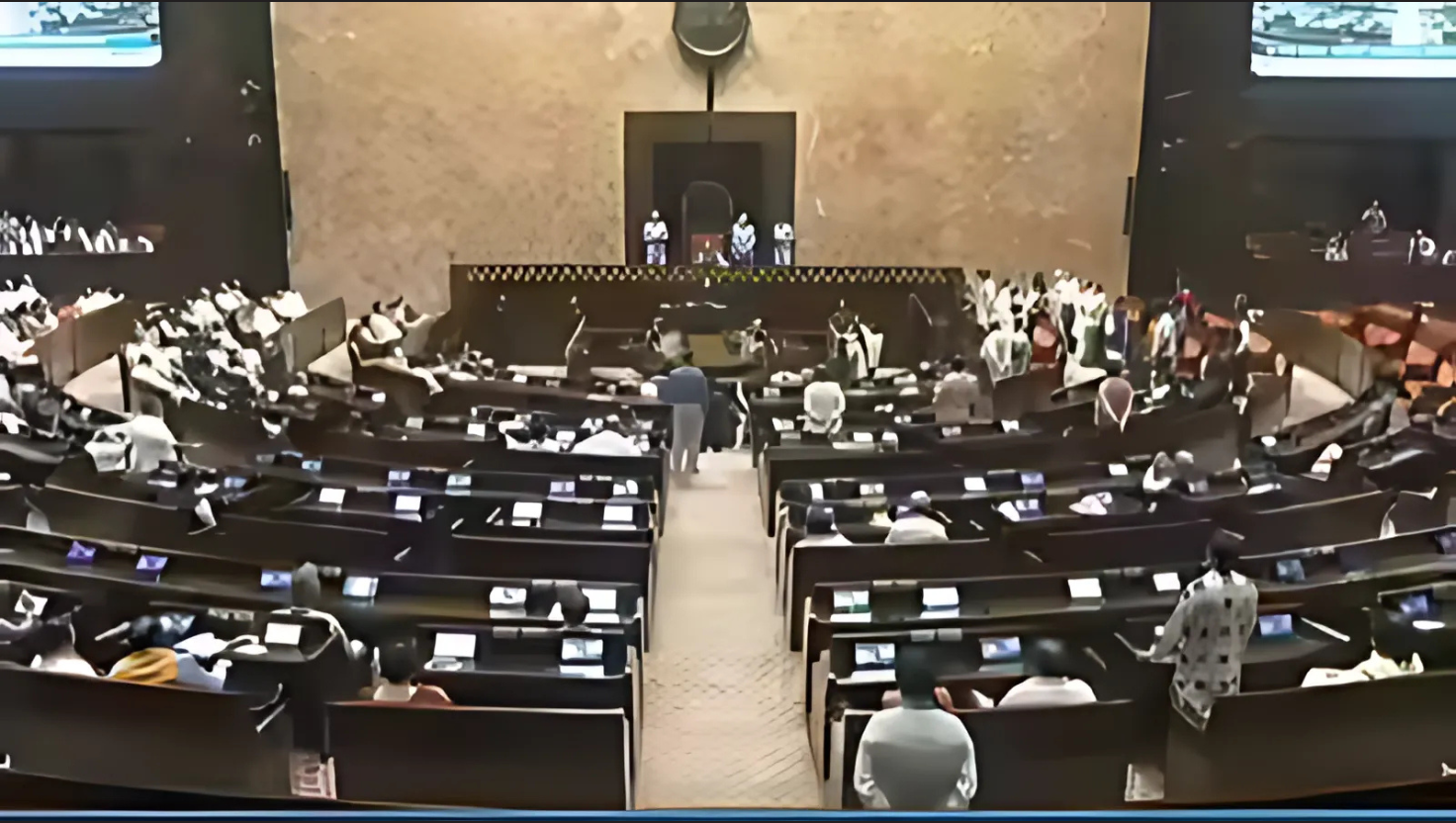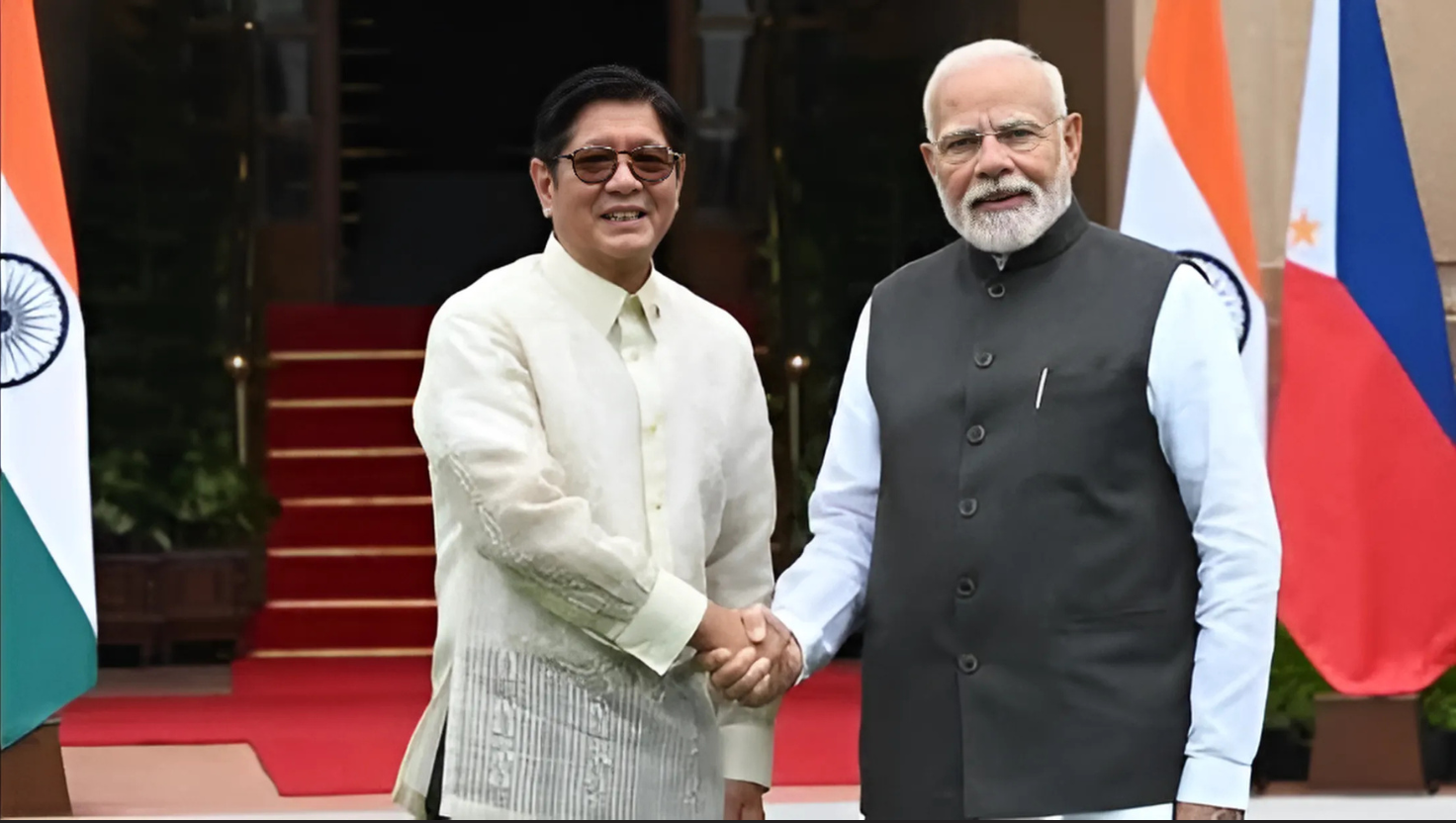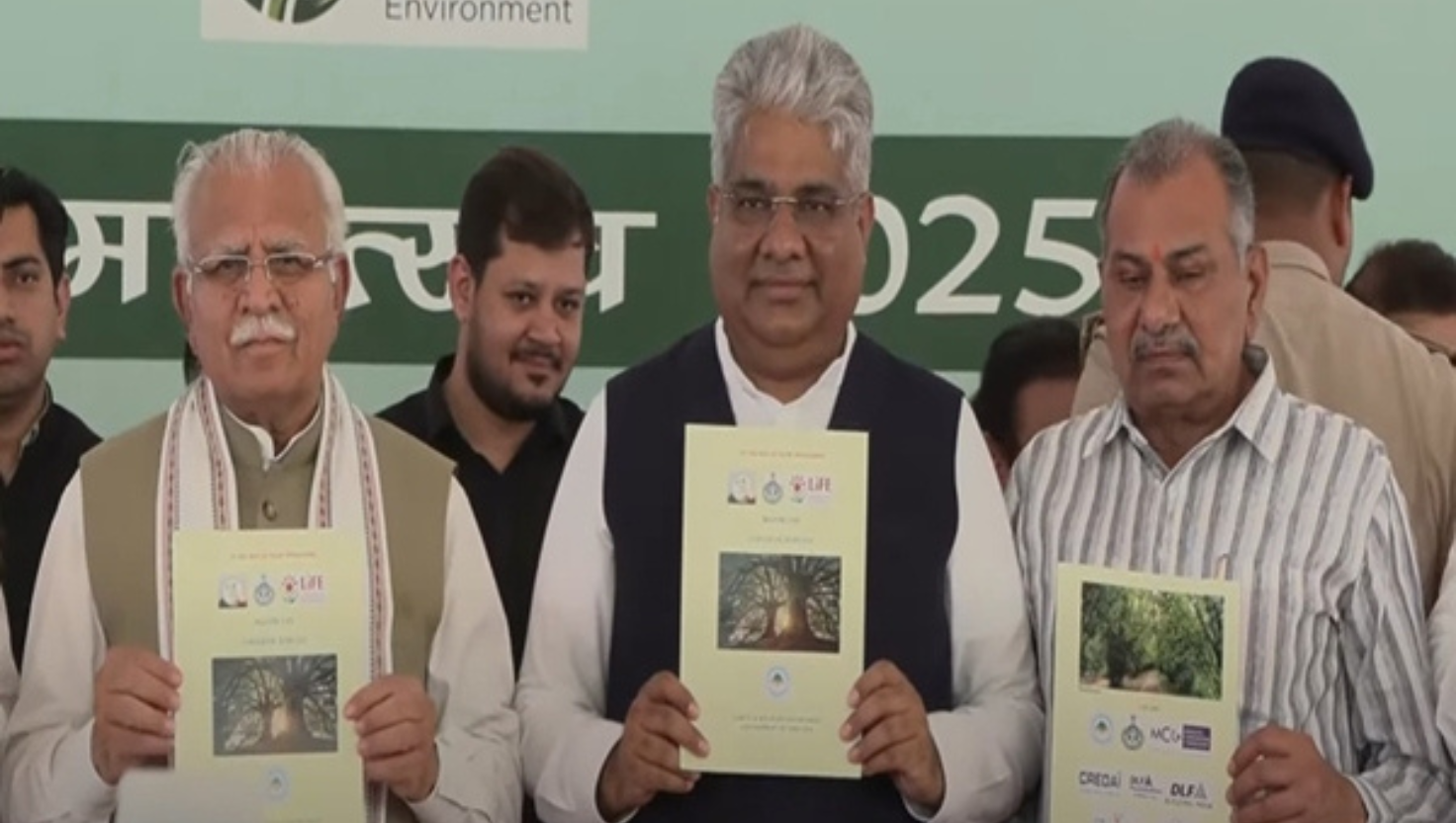India–U.S. Tariff Tensions 2025
Syllabus: International Relations | Bilateral Relations (UPSC GS II)
Source: The Hindu
Context:
In a sharp move, U.S. President Donald Trump imposed a 25% tariff on select Indian imports. The action was justified based on India’s continued defence and energy ties with Russia, prompting a strong response from India’s Ministry of External Affairs, which reaffirmed the strength of the India–U.S. strategic partnership.
TRADE TIFF: A Shift in U.S. Strategy
Trump’s statement signaled a change in U.S. policy by linking trade directly to foreign policy, particularly India’s relationship with Russia. This breaks from the earlier separation of economic cooperation and geopolitical alignment in India–U.S. ties.
Current Status of Bilateral Ties
- India and the U.S. share a comprehensive global strategic partnership, built on shared democratic values, economic ties, defence cooperation, and diaspora links.
- Recent developments, however, highlight emerging strategic divergences related to Russia, BRICS, trade policies, and regional alignments.
Key Areas of Divergence
1. Russia Factor vs. Strategic Autonomy
- India continues its defence and energy engagements with Russia, including imports of S-400 missile systems and crude oil.
- The U.S. imposed tariffs and is exerting indirect pressure similar to CAATSA-style sanctions.
- India maintains its position on strategic autonomy, resisting pressure to align completely with any bloc.
2. Tariff War and Market Access Tensions
- The 25% import duties target Indian exports in textiles, electronics, telecom, automobiles, and gems.
- The U.S. argues that India’s high average tariffs (17%) and non-tariff barriers restrict American market access.
- India has countered that the U.S. itself imposes steep tariffs in sectors like agriculture and dairy.
India’s Top Export Categories to U.S. (2024):
| Category | Exports ($ bn) | U.S. Share (%) | Old Avg. Tariff (%) |
|---|---|---|---|
| Smartphones, electronics | 14.4 | 35.8 | 0.4 |
| Pharmaceuticals | 12.7 | 54.5 | 0.0 |
| Diamonds, gold & related items | 11.9 | 40.0 | 2.1 |
| Machinery & mechanical appliances | 7.1 | 21.8 | 1.3 |
| Organic chemicals | 3.6 | 17.3 | 4.0 |
| Petroleum products | 3.2 | 4.3 | 6.9 |
| Textiles | 3.1 | 51.3 | 9.0 |
| Iron & steel articles | 2.8 | 28.1 | 1.7 |
| Vehicles and parts | 2.8 | 12.7 | 1.0 |
| Fish and crustaceans | 2.0 | 32.6 | 0.0 |
3. BRICS Alignment vs. U.S. Expectations
- The U.S. views BRICS as increasingly adversarial and is concerned about India’s participation.
- India sees BRICS as complementary to its ties with the Global South, QUAD, and I2U2.
4. U.S.–Pakistan Rapprochement
- Renewed U.S. cooperation with Pakistan, including a recent oil deal, has caused strategic unease in India.
- This contradicts India’s efforts to diplomatically isolate Pakistan on terrorism-related issues.
5. Conflicting Nationalisms
- India’s independent foreign policy approach (“India First”) increasingly contrasts with the U.S.’s “America First” vision.
- U.S. think tanks such as Carnegie and scholars like Ashley Tellis have expressed concern over India’s reluctance to align with Western powers, labelling it a “great-power delusion.”
Economic Impact on India
Trade and Industrial Effects
- Export Competitiveness Declines: Tariffs make Indian products costlier, allowing competitors like Vietnam and Bangladesh to gain market share.
- MSME Sector Pressure: Labour-intensive industries, such as garments, leather, and handicrafts, may face falling demand, affecting jobs and income.
- Disruption of Supply Chains: U.S. import duties may discourage global firms from sourcing components from India.
- Shrinking Trade Surplus: India’s goods trade surplus with the U.S. may reduce, weakening its forex inflows.
India–U.S. Trade Snapshot (2024–25):
- Total Bilateral Trade: $186 billion
- India’s Exports to U.S.: $86.5 billion
- Imports from U.S.: $45.3 billion
- Goods Trade Surplus: $41 billion
- Services Surplus: $3.2 billion
Investment and FDI Concerns
- A volatile trade environment could deter foreign investment in export-oriented sectors, affecting initiatives like Make in India.
Strategic Implications
- Transactional Shift in U.S. Policy: The tariff move reflects a transition from a value-based relationship to an interest-based one.
- Complication of India’s Multipolar Diplomacy: Increased U.S. scrutiny on India’s ties with Russia, Iran, and BRICS could constrain its balancing strategy.
- Revival of Strategic Mistrust: Cold War-style doubts about India’s neutrality and reliability are re-emerging.
- Impact on Knowledge and Tech Ecosystems: Visa restrictions and regulatory barriers could disrupt collaboration in education, technology, and innovation.
- Challenge to Energy Sovereignty: The U.S. linking tariffs to India’s oil and defence imports raises concerns about external interference in sovereign decisions.
Conclusion
India–U.S. relations remain fundamentally strong, but recent tariff actions and strategic divergences underscore the need for careful recalibration. Going forward, balancing India’s multipolar aspirations with a pragmatic and flexible bilateral approach will be essential to preserve and strengthen this critical partnership.











